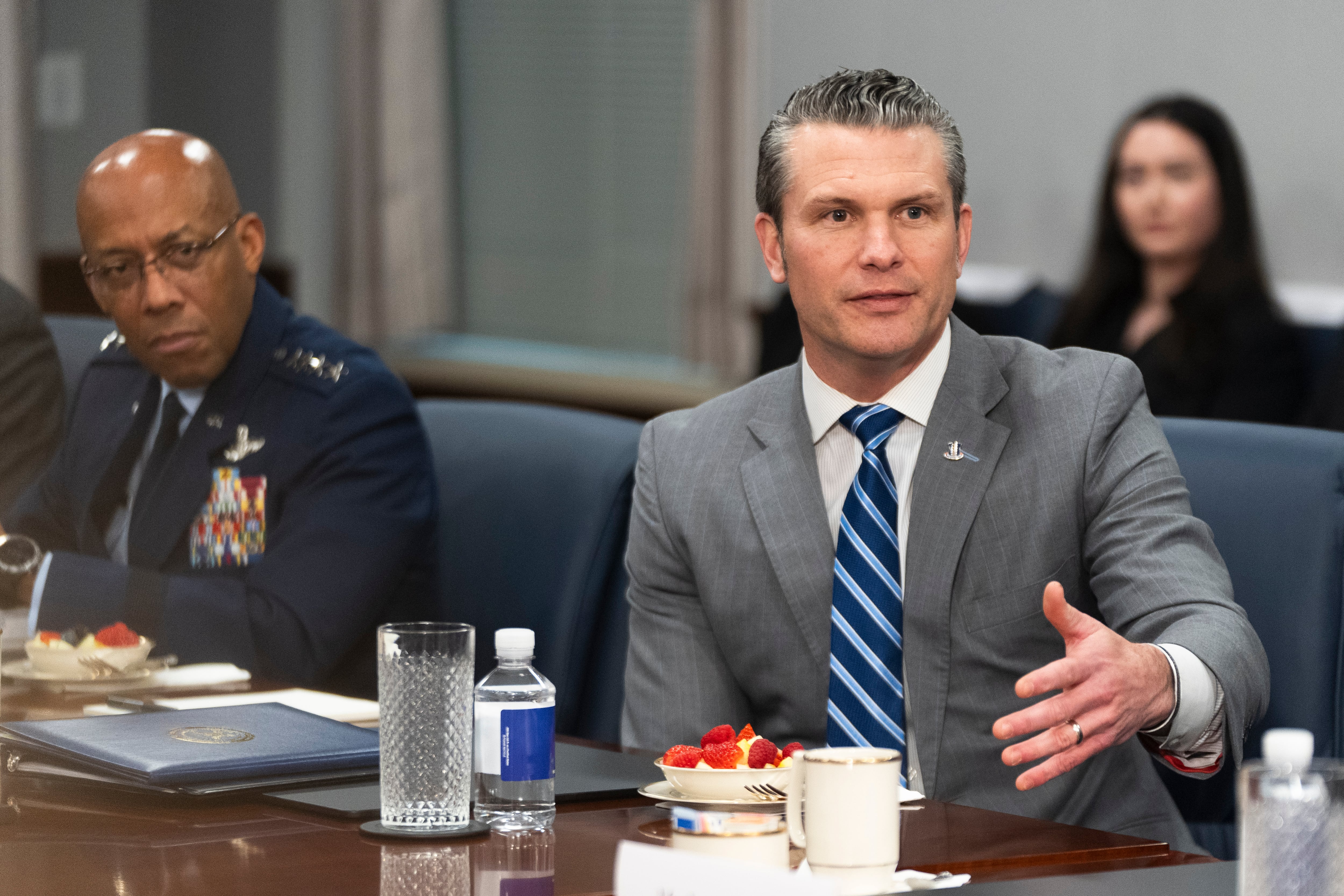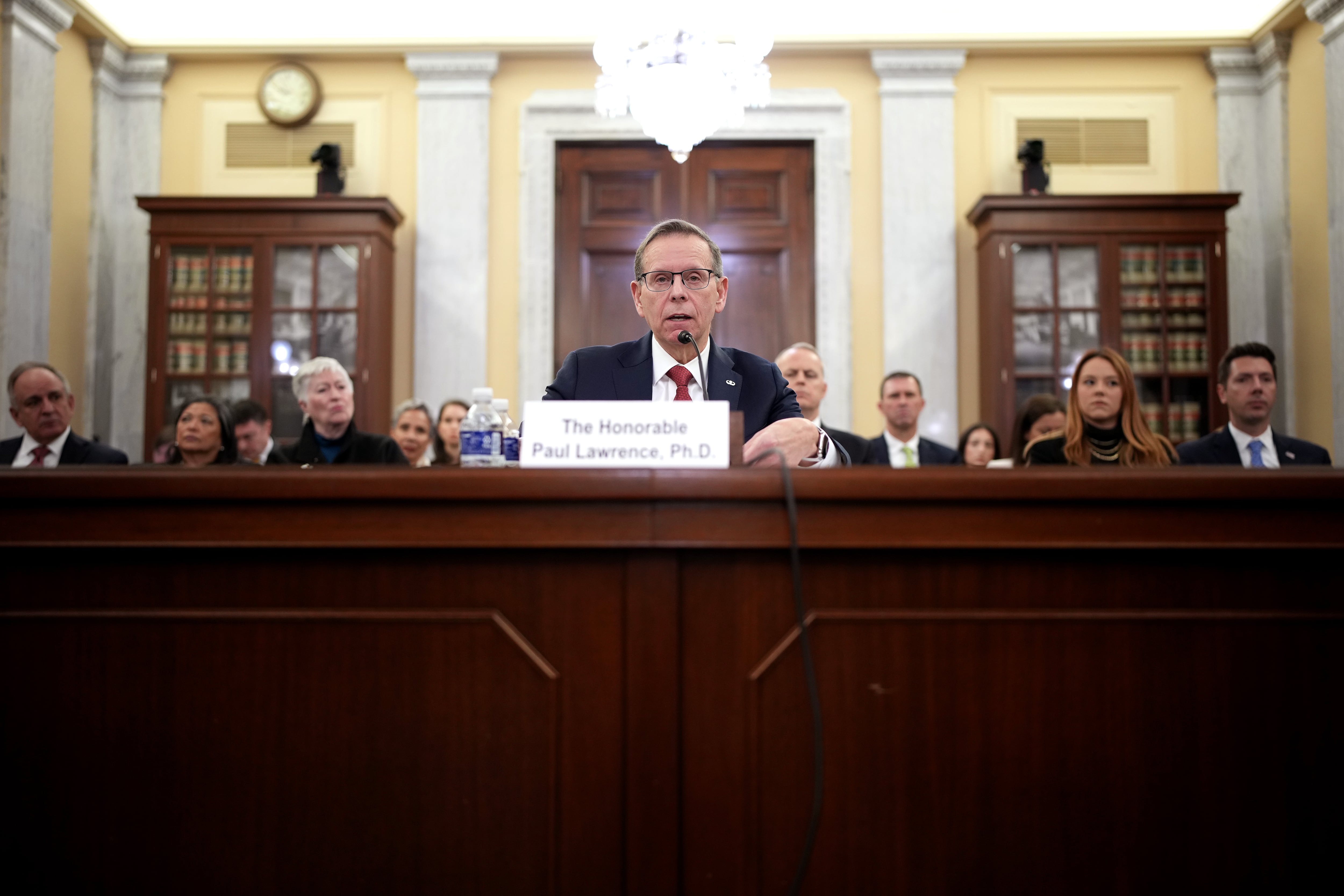Nearly half of junior enlisted spouses say they have experienced food insecurity, according to results of a new survey released by the Defense Department.
Overall, one out of four active duty spouses reported being food insecure, according to the results of the 2021 Survey of Active Duty Spouses. Yet 3% of spouses reported using Supplemental Nutrition Assistance Program (SNAP) benefits, formerly food stamps, in the previous 12 months.
The survey found that 45% of spouses of service members in paygrades E-1 to E-4 are food insecure, using the U.S. Department of Agriculture’s definition and six-question measure of food security which was incorporated into the spouse survey.
Overall, 31% of enlisted spouses are food insecure, including 30% of spouses of those in E-5 and E-6 paygrades, and 16% of senior enlisted spouses.
Of the 25% of spouses overall who are food insecure, 10% reported “very low food security” and 15% reported “low food security.” According to USDA, “low food security” means having reduced quality, variety or desirability of diet; but little or no indication of reduced food intake. “Very low food security” means having multiple indications of disrupted eating patterns and reduced food intake. Those who are “food secure” — 75% of all the active duty spouses who responded — have access at all times to enough food for an active, healthful life for all household members.
The DoD survey, conducted from July to November, 2021, is a scientific sample of military spouses, and is considered the “gold standard” of military spouse surveys, ensuring that the results can be generalized to the population of military spouses. The survey, which addresses topics like spouse employment, PCS moves, financial health, child care and satisfaction with military life, has been fielded about every two years since 1985. In this most recent survey, there were 11,764 responses, a response rate of 21%, which is higher than the 16.5% response rate in 2019.
“The results of the latest survey allow us to prioritize solutions that meet their most pressing needs,” said Patricia Montes Barron, deputy assistant secretary of defense for military community and family policy, in an announcement of the results. “I am truly grateful to the spouses who share their experiences and opinions through our surveys.”
Defense officials have been working on food insecurity issues in the military, including getting a better handle on the numbers, and the extent of the problem. The military branches are in various stages of implementing the new congressionally mandated Basic Needs Allowance, which is designed to help active duty members with families make ends meet and address food insecurity. Those eligible for the Basic Need Allowance, which took effect Jan. 1 are active duty service members with dependents whose gross household income and household size put them below 130% of the federal poverty guidelines for their geographical location.
RELATED

Researchers also delved into some of the characteristics of spouses who are food insecure.
†There were higher percentages of Army spouses (27%) and Marine Corps spouses (28%) who were food insecure. Air Force spouses had the lowest percentage, at 21%, and 25% of Navy spouses were food insecure.
♦ The percentage of food insecurity is higher for spouses with children under age 6, at 27%, than for spouses without children under age 6, at 24%. Higher numbers of children living at home also increased the odds of low food security, according to DoD’s report on the results. For each child under 18 living with the active duty spouse, the odds of food insecurity increase by 14%.
♦ Minority spouses have a higher rate of food insecurity, at 30%, than non-Hispanic white spouses, 21%.
♦ Being unemployed nearly doubled the chances of spouses being food insecure. The percentage of unemployed spouses who are food insecure is significantly higher, at 41%. But 21% of employed spouses are also food insecure. Working spouses who are only able to contribute less than 50% to the household income increases the odds of low food security. Overall, 6% of spouses reported using unemployment insurance benefit payments in the previous 12 months.
♦ Spouses with either low or very low food security had lower levels of financial well-being, based on the Consumer Financial Protection Bureau Financial Well-Being Scale, which rates well-being on a scale of 1 to 100. The national average is 55. Spouses with low food security had average scores of 47; those with very low food security had average scores of 39.
♦ After regular income, economic impact stimulus payments were cited as the second most often cited financial tool spouses used to meet spending needs in the previous 12 months.
In analyzing the survey’s results about challenges for military spouses during the pandemic, researchers noted that food insecurity was lower for spouses who used the economic impact stimulus checks and unemployment benefits, “indicating that these populations would be at even greater risk for food insecurity if these government resources were not available.”
“To meet their spending needs, younger spouses, spouses with young children, spouses of any minority race/ethnicity, and spouses who were unemployed were more likely to utilize sources other than income, such as economic impact stimulus payments, credit cards and SNAP benefits,” according to the report.
Karen has covered military families, quality of life and consumer issues for Military Times for more than 30 years, and is co-author of a chapter on media coverage of military families in the book "A Battle Plan for Supporting Military Families." She previously worked for newspapers in Guam, Norfolk, Jacksonville, Fla., and Athens, Ga.





